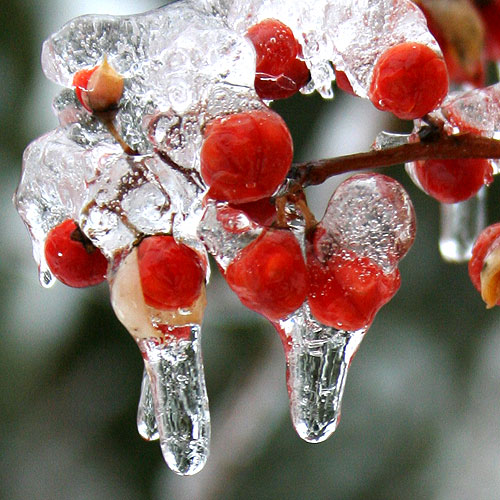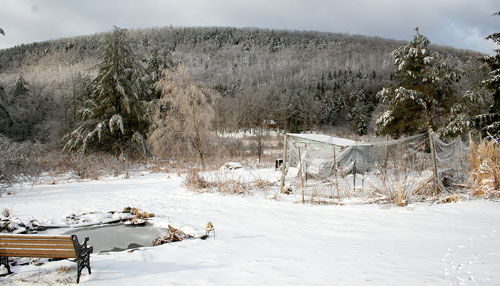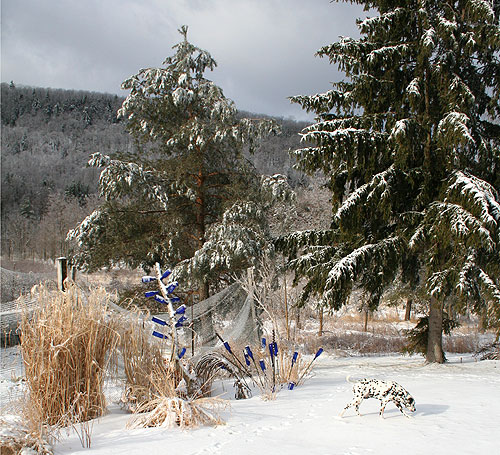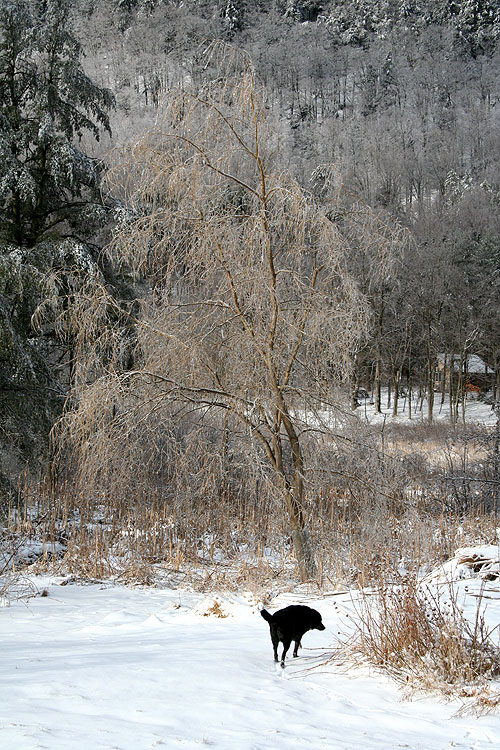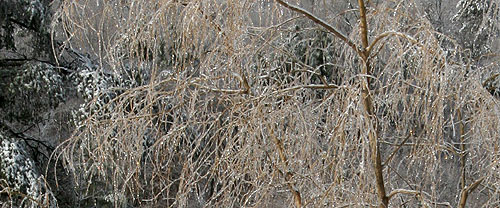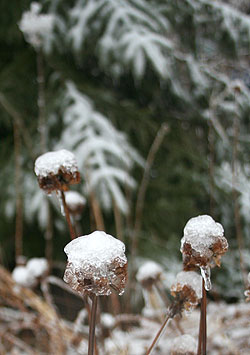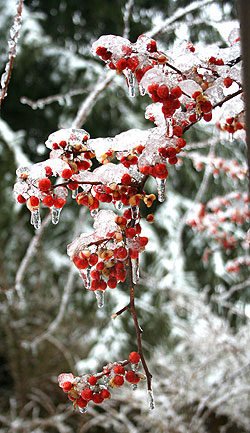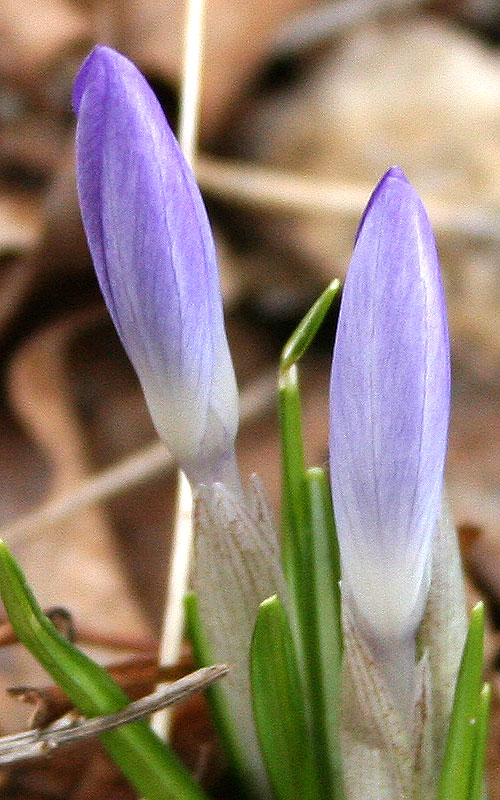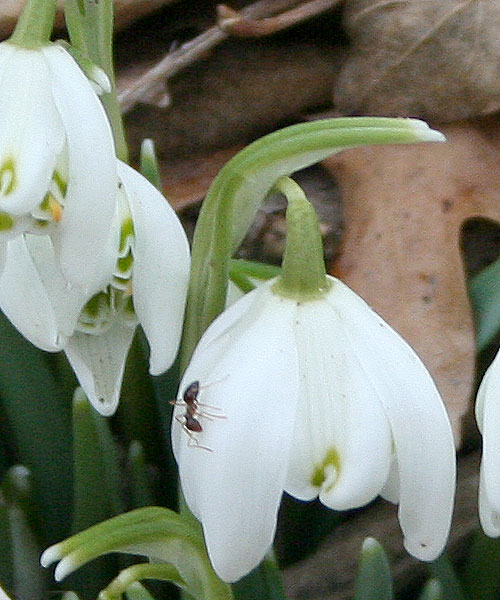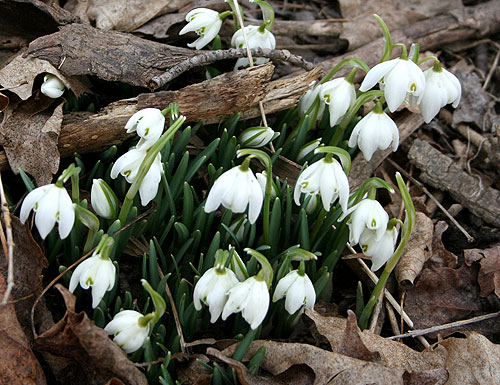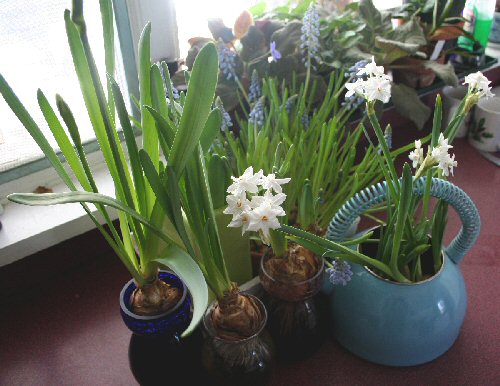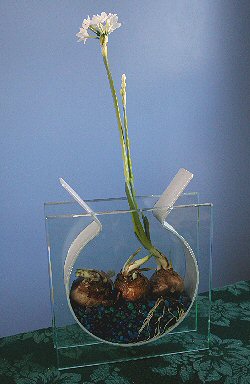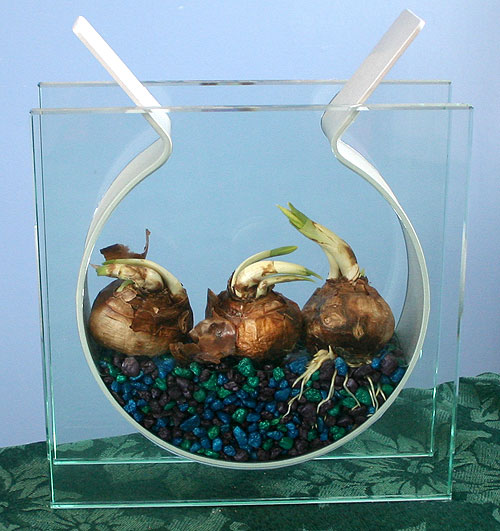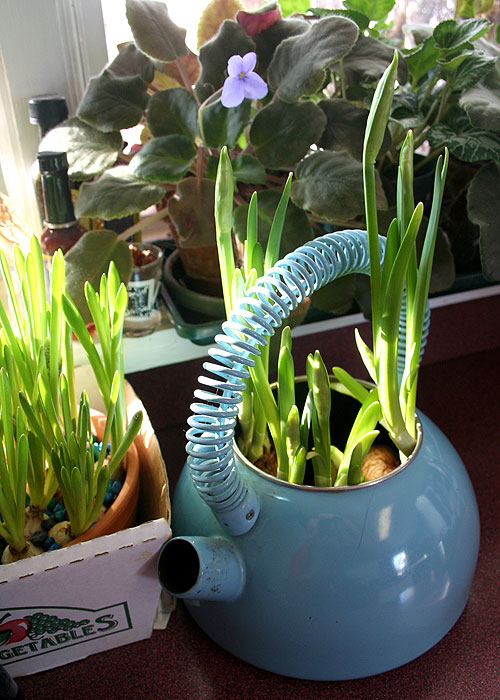 Tulipomania
Tulipomania
The Story of the World’s Most Coveted Flower & the Extraordinary Passions It Aroused
Mike Dash
1999, 274 pages
I wasn’t sure I could read a whole book on the history of a flower. But Tulipomania engaged me to the end.
Most of the history takes place in what we now call the Netherlands. The first tulips arrived there in 1562 in a shipment of fabric from Istanbul, a few bulbs tucked inside the cloth as a kind of surprise gift. The merchant didn’t know what they were and ate half of them. The rest he planted, and later when they flowered he realized that he had something special.
The story climaxes in the winter of 1636-1637, during the height of speculative trading known as tulipmania. High-end bulbs such as the Semper Augustus (above) sold for as much as 40 times the average annual salary, and even common bulbs rose to incredible prices. Paintings are all we have left of many of the finer bulbs because the streaking of their petals was caused by a virus, which eventually weakened them and killed off the line. There is a nice collection of watercolors of these flowers — basically a bulb catalog — at the Norton Simon Museum. (Page through the picture-not-available pages. It’s worth it.)
During the mania, the bulbs seldom left the ground. What was traded was merely pieces of paper promising delivery at lifting time. Most of the trading took place in bars and taverns (along with much feasting and drinking payed for by a levy on each trade) until one day the traders just stopped bidding and the whole house of cards collapsed.
One of my favorite passages describes Jan Breughel the Younger’s Allegory upon the Tulip Mania, a detail from the painting below.

Two dozen simian florists are portrayed indulging in all the rituals of the bulb trade. One points at some flowering tulips; another holds up a flower in one paw and a bag of money in the other. Behind them, a group of monkeys fight over who should pay for the now-worthless bulbs, and one speculator is carried to an early grave. On the right-hand side of the picture, a pair of apes share one of the florists’ traditional banquets while another is hauled before a magistrate for defaulting on his debts. In one corner a particularly disgruntled monkey urinates on a flower bed full of tulip bulbs.
Equally compelling are the author’s descriptions of the tulip’s early history, moving from wilds of central Asia into the pleasure gardens of the Middle East, particularly Turkey, where the obsession was mostly among the royalty.
I have to admit that tulips aren’t my favorite flower bulb. They are deer candy around here, which is why I prefer daffodils, alliums and spring ephemerals. So while I never buy tulip bulbs, I always have at least a few in the garden through my tulip rescue program. I make note of anyone who has a pot of forced bulbs in their office (our student horticulture club at Cornell always sells a bunch) and drop by when they start to fade and ask, “Are you just going to compost those? If so, I’ll take them off your hands.” You can read more about their fate here.

